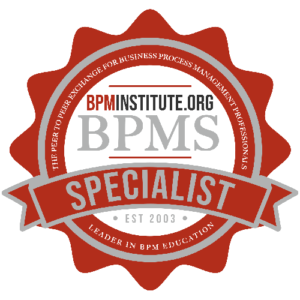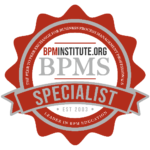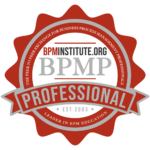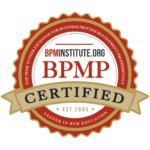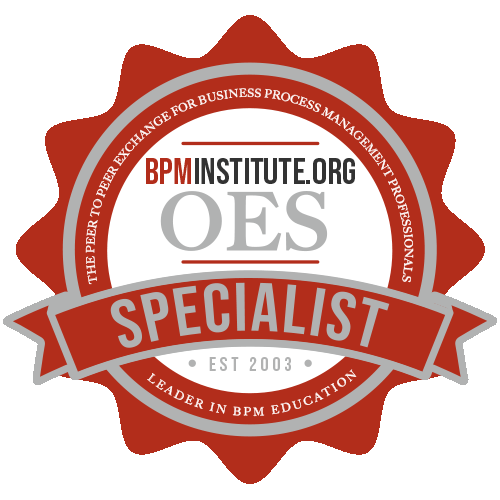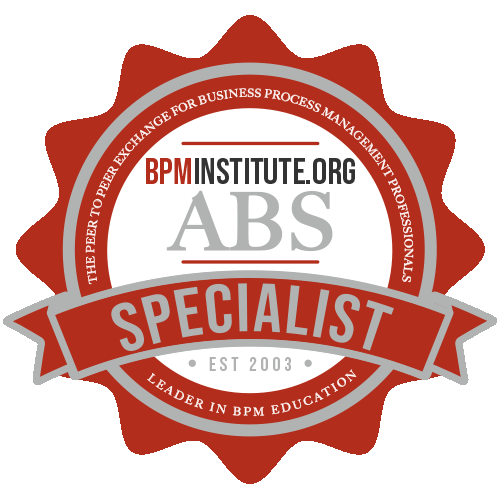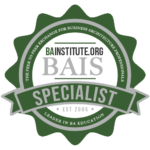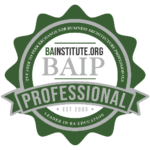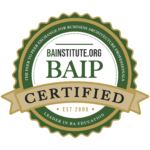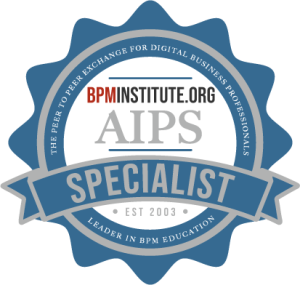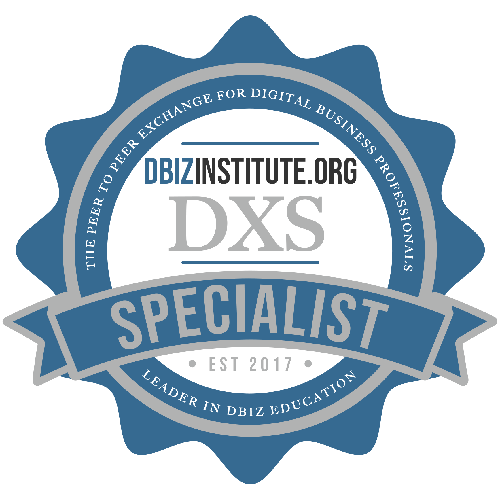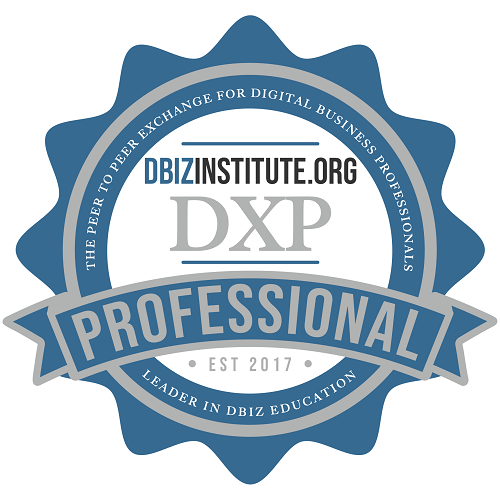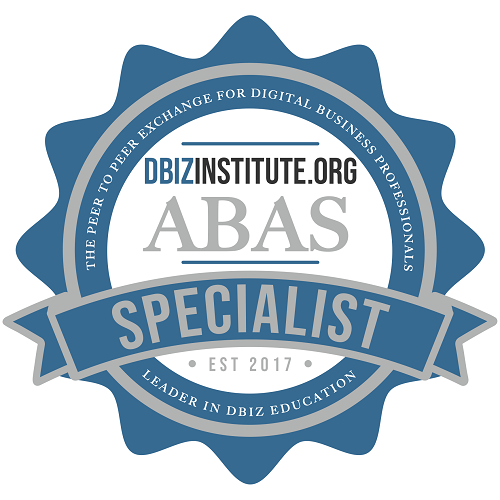Home / Resources
Resources
Discover a Wealth of BPM Knowledge and Expertise at BPMInstitute.org!
Making the Transition to Services Engineering
Brett Champlin is the President of the Association for Business Process Management Professionals (ABPMP.org) and a Senior Process Consultant with a large insurance company. He has led business process transformation projects for the last 15 years. Champlin is also on the adjunct faculty at Roosevelt University and the University of Chicago.
Champlin is a pioneer and advocate of the new field of “services engineering”. In the last two hundred years, we shifted from a primarily agricultural-based economy to a manufacturing-based economy because of the industrial revolution.

Business Architecture: Leveraged in Strategic IT Planning
Considering the forum in which this article is published, I think it is safe to say that anyone reading it already knows the value of Business Architecture. I hope we also share the opinion that the IT Architecture is secondary to the Business Architecture: the business is the driver, not IT.
That is nice theory, but it hasn’t been reality for quite some time. New technology trends emerge, people with an eye for technology see the benefits, and they sell the idea of implementing the new technology based on those benefits.

Converging BPM and Business Rules Maturity Models
Readers of the Business Rules topic section have probably found Barbara von Halle’s writing on the Rules Maturity model RMM. The model depicts an enterprise’s staged understanding of business rules and their progressive benefits. The model starts with stage zero, no recognition of importance of formal processes of managing policies and corporate guidance through business rules. In short, the stages are:
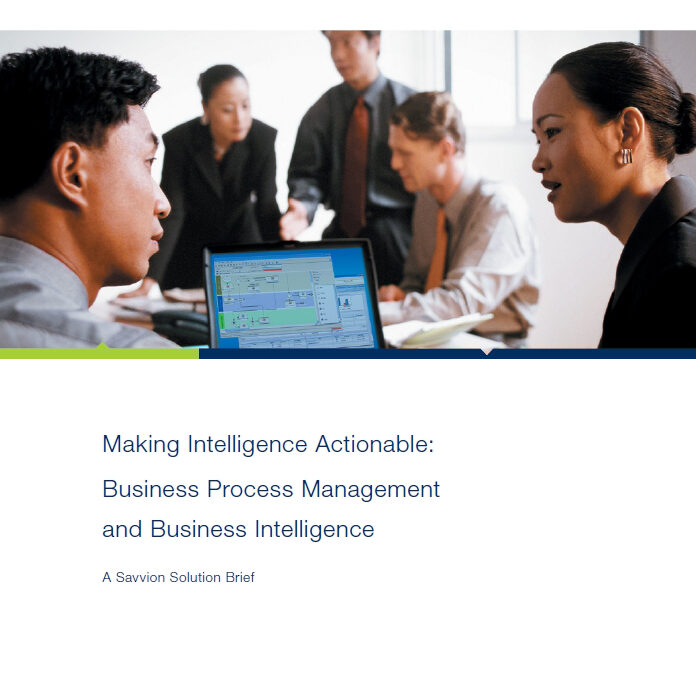
Making Intelligence Actionable: Business Process Management and Business Intelligence
Are your BI systems loaded with untapped potential that can increase your company’s success? Make all that intelligence actionable with process management solutions and boost performance metrics by magnitudes.
Download this informative solution brief, “Making Intelligence Actionable: Business Process Management and Business Intelligence.”
Enterprises combining BI & BPM report significant performance gains and efficiencies. See how!
SOA Governance: Adoption and Best Practices
Governance has been defined as: “the art and discipline of managing outcomes through structured relationships, procedures and policies.” Governance plays an important part in the adoption and ongoing operation of any SOA initiative. It enforces compliance with the architecture and common semantics, and facilitates managing the enterprise wide development, use and evolution of services.
When discussing SOA governance, it is important to make sure that everyone is on the same page about what type of governance they are referring to.

BPM is Not the Same as BPR
In the late 1980s, Michael Hammer and James Champy published a bestselling book, Reengineering the Corporation, promoting the idea that radical redesign and reorganization of an enterprise was necessary to lower costs and increase quality so American businesses could become more competitive.

Transitioning to Services Engineering
In past columns, I have discussed the idea of services engineering, the importance of understanding businesses as service providers, and the characteristics of different types of services. This column looks at the challenges of measuring and managing process performance in services industries.
Applying BPM Principles to Restructure the Government Procurement Process
There is nothing more difficult to take in hand, more perilous to conduct, or more uncertain in its success, than to take the lead in the introduction of a new order of things.
The Marriage of Process and Data Governance: Key to BPM and SOA Initiatives’ Success
Business Process Management (BPM) and Service Oriented Architecture (SOA) initiatives can either be easy or difficult depending on your approach.
At first glance BPM and SOA offer a very good value proposition. However, the more you learn, the more you discover that everything is not exactly as expected.
BPM and SOA initiatives are made up of process and data. Too often, a lack of focus in one area or the other occurs and has pervasive effects on business results.
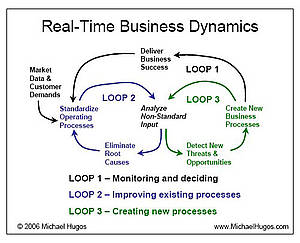
The Greatest Innovation Since the Assembly Line
The most profound innovation since the assembly line is staring us right in the face. But we don’t see it because we are so busy looking for something else. For most of us the word “innovation” still conjures up images of amazing new gadgets such as technology to turn water into gasoline, black boxes to project moving 3D holograms from our TV sets, and bio-tech breakthroughs that reverse the aging process.
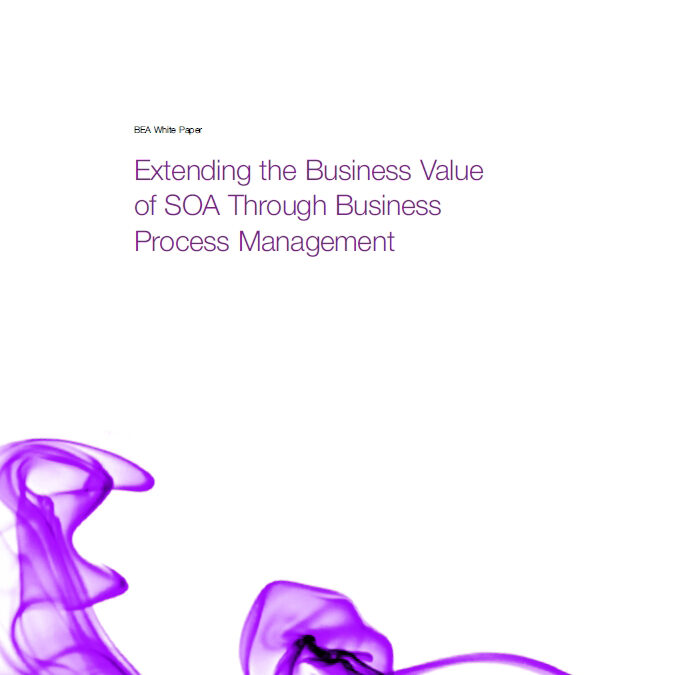
Extending the Business Value of SOA through Business Process Management
SOA and BPM are two of the most talked-about business initiatives: both promise to help companies create new value from existing investments, reuse efforts across many projects, and achieve new levels of agility. But where SOA focuses on creating a more flexible architecture, BPM applies that architecture to optimize the way actual work gets done. Download this complimentary white paper now to discover SOA’s relationship with BPM, including the impact BPM has on SOA -and vice-versa.

Committing to the Business Architecture
BPMInstitute.org and BrainStorm Group hosted Business Architecture (BA) events at their conferences in San Francisco, Washington, D.C. and New York in 2006. Interest in BA across all industries is growing with attendance at all BA presentations increasing. The conference attendees are coming prepared with excellent questions, expecting answers and seeking information about BA initiatives.
The Quick Win Team Interview with Juanita Lohmeyer, TELUS Communications
TELUS is a leading national telecommunications company in Canada, with $8.4 billion of annual revenue and 10.4 million customer connections including 4.7 million wireless subscribers, 4.6 million wireline network access lines and 1.05 million Internet subscribers. The company’s strategic intent is to unleash the power of the Internet to deliver the best solutions to Canadians at home, in the workplace and on the move.

BPMS Watch: Measure Then Model? An Alternative Process Lifecycle
BPM users are familiar with the process lifecycle. It starts with process modeling. Business analysts document the as-is process, and analyze its shortcomings – handoff inefficiencies, exception handling, inconsistent application of policies and rules. From the model they can define KPIs for the process and estimate their value using simulation analysis. Then they model proposed process improvements, and project the expected benefit using simulation, before committing resources to the implementation.
The next step in the standard lifecycle is process design.
Can your Enterprise See, and Mashup, the Emerging Web?
Web 2.0 is one of those marketing words I don’t like to use that often, but unlike SOA 2.0, the Web 2.0 is a reality. It’s really a change in platform at its essence, but there are also many social issues there as well…information sharing, collaboration, and social networking to name a few. But can your enterprise see the emerging Web?
What’s important to remember is that there is a huge resource that is being created on the Web these days.
Where It Begins: The Super-System View
In a bulletin last year I wrote about the value of defining an organization’s processes by using a Processing System Hierarchy, which identifies and links “levels” of process, starting with the external environment and then cascading down through the organization’s value chain, primary processing systems, key processes and sub-processes, and finally down to individual performers. In this article I am focusing where the Hierarchy starts.
At this topmost level is what we at the Performance Design Lab (PDL) call the “Super System” view.

Key Drivers for BPMS Growth
Forrester has predicted that the BPMS (business process management system) market will grow from $1.2 billion in 2005 to over $2.7 billion in 2009. What is driving this growth? The tools are forging tighter links between IT and business users and significantly enhancing the effectiveness of process improvement efforts. Specifically, BPMS tools support:

The Eight Wastes in a Process
Taiichi Ohno, a major contributor to the Toyota Production System, identified seven wastes that can exist in processes. Jeffery Liker, a professor at the University of Michigan added an eighth. If the wastes are removed or reduced, significant benefits can be realized. These benefits are:
- Dramatically lower costs
- Much faster processes
- Exceeding high quality
- Less frustrated workers
- Happier customers
As each of the wastes are explained, look for examples in your own organization.

SOA, Business Process and Enterprise Architecture: Putting it all together
Ken Orr is the founder and chief scientist for The Ken Orr Institute, a business technology research organization. He is an internationally known and recognized expert on technology transfer, software engineering, information architecture, and data warehousing.

The Hartford Moves Forward with SOA
Founded in 1810, The Hartford Financial Services Group is one of America’s oldest and largest financial institutions. From its origin in providing fire insurance to Connecticut businesses, it has become a leading provider of automobile, homeowners’ and business insurance.
